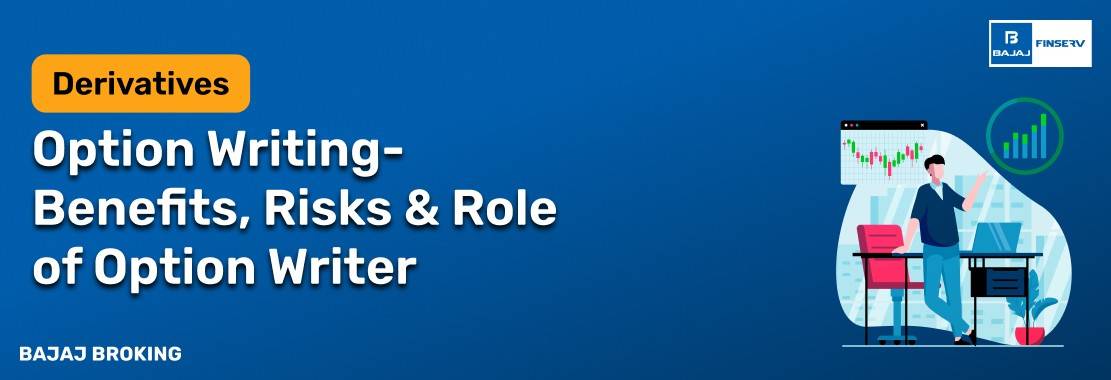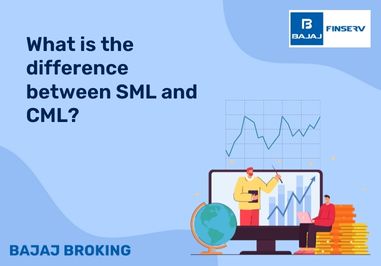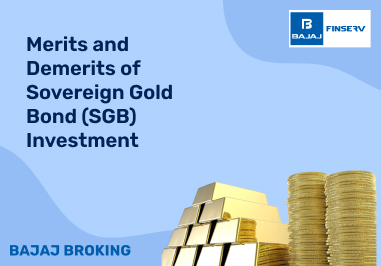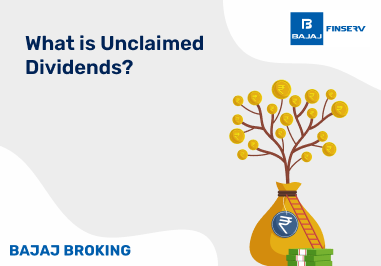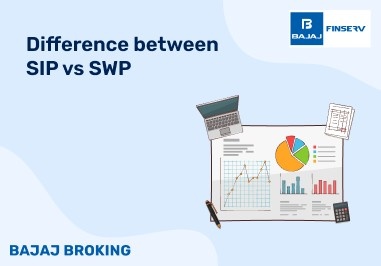Option writing is a strategy in the derivatives market where a trader, known as the option writer, creates and sells option contracts. When a writer sells an option, they receive a premium from the buyer in return for taking on an obligation. In the case of a call option, the writer may have to sell the underlying asset at the strike price. For a put option, they might have to buy the asset. This strategy is widely used for income generation, especially in a range-bound market.
However, the risks are considerable, particularly in uncovered positions where losses can exceed the premium earned. Option writers are typically well-versed in market movements, volatility patterns, and margin mechanisms.
Who is Option Writer in the Stock Market?
An option writer in the stock market is a market participant who creates and sells call and put options to buyers, taking on an obligation to fulfil the contract if exercised. The writer earns a premium from the buyer upfront, which becomes their maximum potential profit. Unlike the option buyer who has the right but not the obligation to exercise, the writer must comply if the option finishes in the money.
Option writers include both institutional investors and individual traders with sufficient margin and risk tolerance. Their role is vital to maintaining balance and liquidity in the options market. By offering contracts for others to buy, they allow hedgers and speculators to access customised strategies. Writing options can be part of an income-generating strategy or a hedging mechanism.
Role of Option Writer
The role of an option writer is to provide options contracts in the derivatives market by taking the other side of a trade. Every time a trader buys a call or put option, there’s a writer who is selling that contract. This process ensures that the options market remains liquid and functional. Option writers contribute to price discovery and help maintain efficient markets. Their willingness to assume the obligation under the contract allows option buyers to implement various strategies like hedging or speculation. For taking this obligation, writers receive a premium, their maximum profit from the trade. Option writers must closely monitor the movement of the underlying stock or index.
Difference Between an Option Buyer and an Option Writer
Aspect
| Option Buyer
| Option Writer
|
Rights vs Obligations
| Has the right to buy/sell
| Has the obligation to fulfil the contract
|
Premium
| Pays the premium
| Receives the premium
|
Risk
| Limited to the premium paid
| Can be unlimited, especially in uncovered calls
|
Profit Potential
| High (based on movement in the underlying)
| Limited to the premium received
|
Market View
| Directional (bullish/bearish)
| Non-directional or neutral
|
Margin Requirement
| Low or none
| Higher margin required by the broker and the exchange
|
An option buyer enters a contract expecting to profit from movement in the underlying asset’s price, whereas the writer earns the premium, hoping the option will expire worthless. The writer’s reward is capped at the premium received, but their risk is significantly higher. This difference highlights why experienced traders often prefer writing options with strong market understanding and margin support.
Difference Between Call Writing and Put Writing
Criteria
| Call Writing
| Put Writing
|
Obligation
| Sell the asset at the strike price
| Buy the asset at the strike price
|
Market View
| Bearish to neutral
| Bullish to neutral
|
Profit Potential
| Limited to the premium received
| Limited to the premium received
|
Risk
| Unlimited (if uncovered)
| Substantial (but less than uncovered calls)
|
Use Case
| Covered call, bearish hedge
| Cash-secured put, bullish entry
|
Margin Requirement
| High (especially if uncovered)
| Moderate to high (depends on security and volatility)
|
Call and put writing are two sides of the same strategy, each aligning with specific market expectations. Call writing is ideal when expecting sideways or slight bearish trends, while put writing fits when anticipating price stability or slight bullishness. In both cases, the writer earns from premium decay, but the risk and margin involved differ.
Advantages of Being an Option Writer
Option writers receive a premium upfront, which becomes their immediate income.
In range-bound or low-volatility markets, many options expire worthless, allowing writers to retain full premium.
Strategies like covered calls and cash-secured puts help minimise risk while generating returns.
Writing options complements long-term investment portfolios, adding passive income layers.
It allows the use of technical analysis and probability for structured trades.
Being an option writer offers a consistent income opportunity when markets behave as expected. It allows traders to structure positions with a high probability of success, especially in low-movement conditions. When combined with hedging, option writing helps control downside risk while collecting a premium. Additionally, it cultivates discipline, as writers must actively manage margins and market positions.
Risks and Considerations in Option Writing
Losses can be significantly higher than the premium received, especially in uncovered call writing.
Writers must maintain a sufficient margin, or face margin calls and forced square-offs.
Volatile markets can lead to rapid price changes, triggering unanticipated obligations.
The risk of early assignment exists, especially in American-style options.
Writers must actively monitor the trade and adjust positions if needed.
Option writing carries defined income potential but undefined risk. This imbalance requires proper understanding and preparation before taking a position. Writers need to understand "Greeks" like delta, gamma, and theta to manage time decay and price movement exposure. Moreover, changes in implied volatility can alter the option’s value, leading to mark-to-market losses even if the strike price is not breached.
Time Value in Options Pricing
Time value refers to the portion of the option premium that reflects the time left until expiry. It accounts for the possibility that the option could become profitable before it expires. The more time an option has, the higher its time value tends to be, all else being equal.
As expiration approaches, time value erodes, a process called "time decay" or "theta decay." Option writers benefit from this decay when the underlying asset doesn’t move significantly. Even if the price doesn’t go in their favour, time erosion can still make the position profitable. This concept is crucial in options pricing and plays a vital role in the strategy behind option writing.
Read Also: What is Writing Call Options ?
Conclusion
Option writing is a strategic activity that offers opportunities for income generation, especially in stable or range-bound markets. Writers take on obligations in exchange for upfront premiums, allowing them to profit when options expire worthless. However, the strategy comes with significant risk, especially in uncovered positions or during periods of high volatility.
